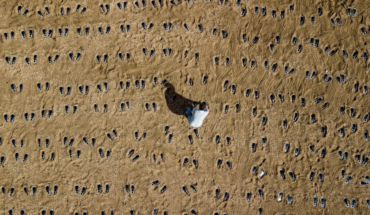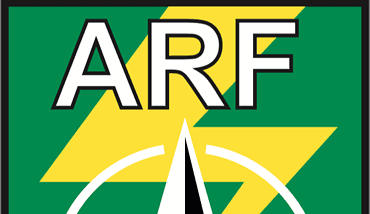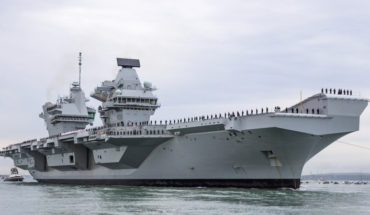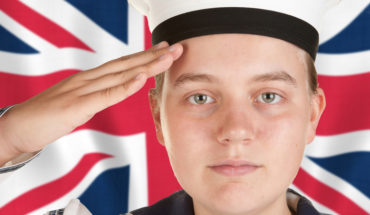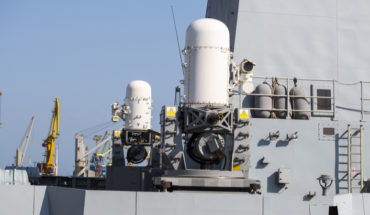NATO Hedgehogs have sharp spines
Back in 2018, there was a close run vote to choose Estonia’s national animal. By the narrowest of margins, Estonia’s nature conservation and cultural associations opted to choose the grey wolf over the hedgehog, probably preferring the messaging of wiliness and bared fangs over cute and cuddly Erinaceus europaeus in times of escalating conflict along NATO’s Eastern border.
But it was a controversial decision. Estonians, like Britons, share a great love of hedgehogs, the small nocturnal spiky mammals which snuffle in the leaves foraging for worms and beetles.
And the hedgehog is an animal that features strongly in Estonia’s national psyche. According to the folklore of the small but vital country in Europe which shares a border with Russia along NATO’s Eastern flank, the hedgehog was the brains behind the brawn of Estonia’s greatest heroic figure, Kalevipoeg. The hedgehog may not be muscle bound like the epic hero who is portrayed as a colossal and virtuous giant, born to the ancient hero Kalev and the enchantress Linda, but he is smart and gives wise counsel.
When it came to naming the annual NATO exercise that takes place every year in Estonia, it was a no brainer to opt for Hedgehog, a peaceful creature until attacked with a strategic mindset.
HEDGEHOG 25 is a comprehensive military exercise designed to enhance the operational readiness and effectiveness of the Estonian, Denmark, France and its allied units.
The hedgehog has long been a powerful symbol in how NATO represents itself, going back to the days of Eisenhower.
According to an article published on the NATO website: ‘NATO is considered to have two well-recognised and frequently used symbols: the acronym NATO (OTAN in French), and the NATO star. Far less recognised and almost entirely forgotten is NATO’s third symbol: the hedgehog.
Never officially adopted by NATO, the hedgehog embodies the spirit and determination of Allies to defend themselves against aggressors. The hedgehog is regarded as a peaceful creature yet bristles when attacked.
The earliest mention of the animal was by Supreme Allied Commander Europe (SACEUR) General Dwight “Ike” Eisenhower in January 1951 at a meeting of the Council Deputies (D-R(51)4). In this document, Ike notes that European countries should adopt a “hedgehog” defence, slowing down enemy forces long enough for the full weight of NATO to turn the tide.’
Merili Arjakas Editor-in-Chief of Diplomaatia, writing on the International Centre for Defence and Security website, believes that Estonia missed a trick when it passed over the hedgehog for the wolf, never mind the fact that an online poll by Postimees at the time showed that the hedgehog topped the public vote in Estonia by a clear margin.
‘In 2018, Estonia’s nature conservation and cultural associations selected the wolf as the national animal. However, that is just plain wrong: Estonia’s national animal is a hedgehog. Hedgehogs are small, solitary, and independent creatures, known for their persistence and hard work in preparing for the long winter. They can be easily irritated or grumpy, but they pose no threat to others. However, when in danger, hedgehogs curl up into a ball, exposing only their protective quills. We have always known that we live next to a bad neighbour, one that only takes us seriously when we show our quills.’
- Peroxide injections may boost radiotherapy treatment - 18th April 2025
- NATO Hedgehogs have sharp spines - 28th March 2025
- A little port anyone? - 20th March 2025

